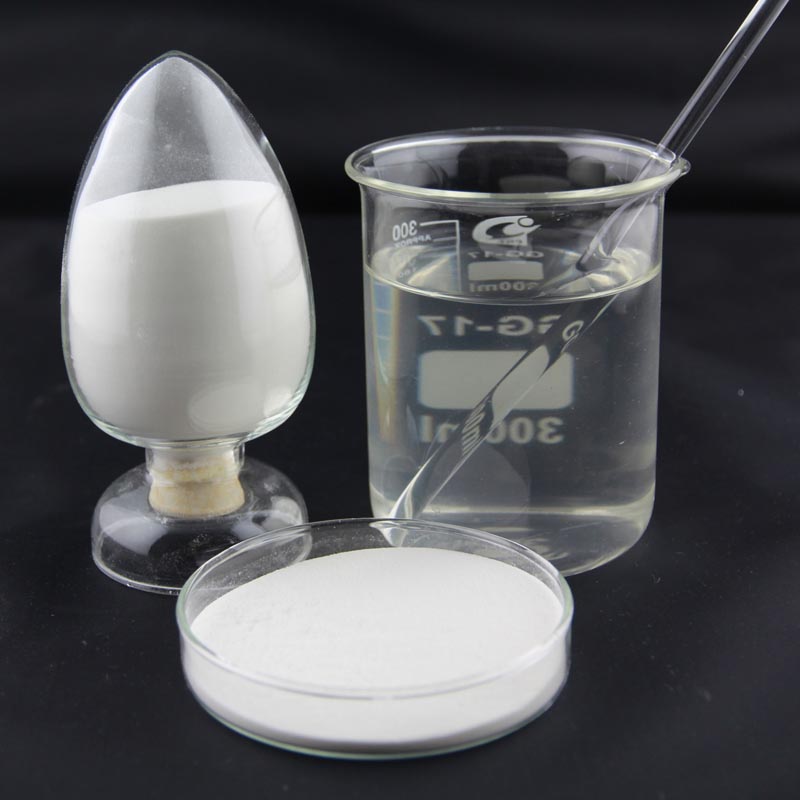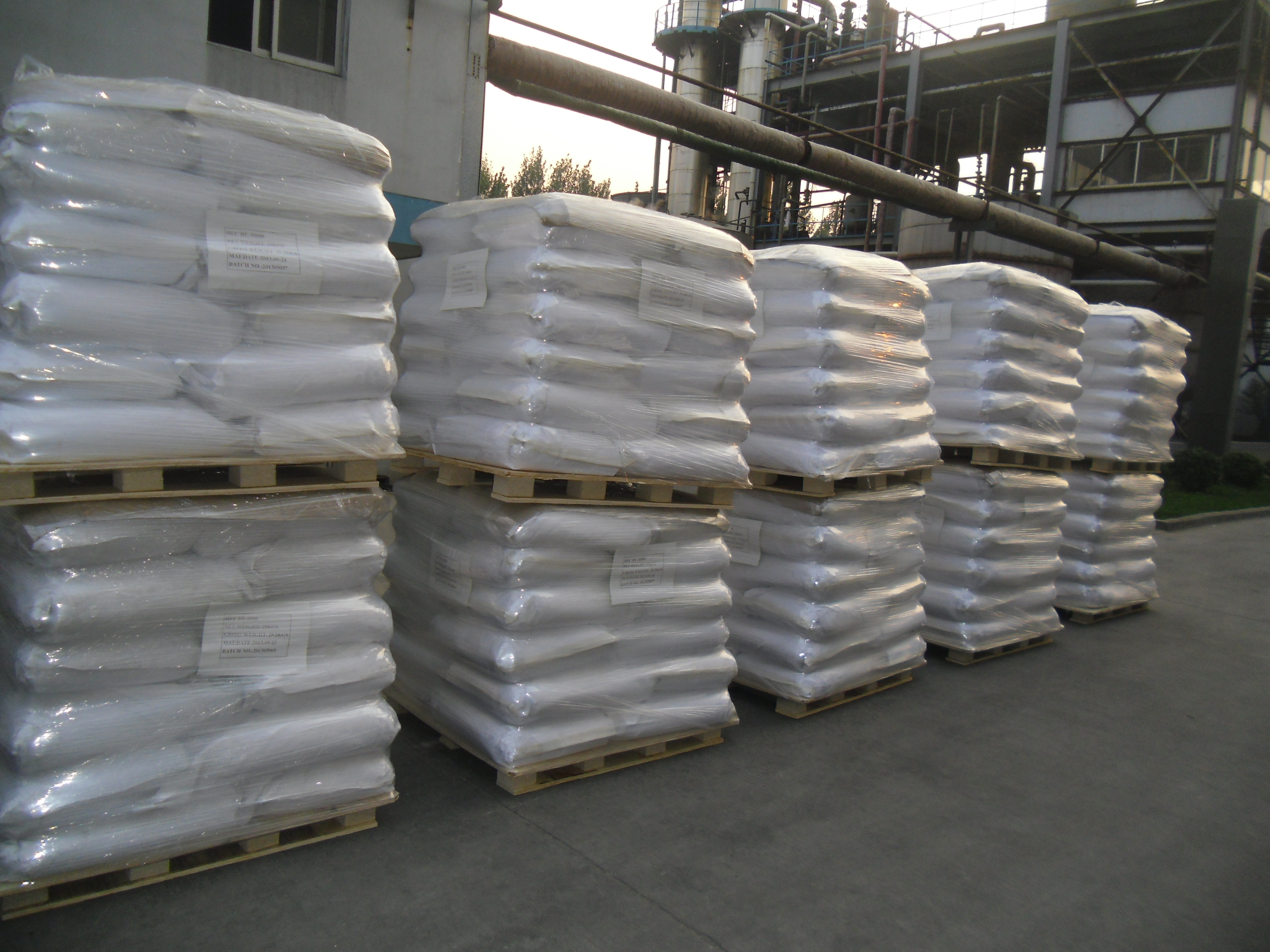Hydroxypropyl methylcellulose (HPMC) is a versatile polymer used in a variety of industries, including construction. In gypsum mortars, HPMC is an important additive that helps improve performance and enhance performance.
1. Introduction to Hydroxypropyl Methylcellulose (HPMC):
Hydroxypropyl methylcellulose is a semi-synthetic polymer derived from cellulose. It is commonly used as a thickener, adhesive, and film-forming agent in a variety of applications. In the construction industry, HPMC is valued for its ability to modify the properties of building materials, providing improved workability, adhesion and durability.

2.The role of HPMC in gypsum mortar:
Water retention:
One of the key functions of HPMC in gypsum mortars is water retention. The HPMC molecules form a thin film around the water droplets, preventing them from rapidly evaporating. This helps maintain optimal moisture content in the mortar, ensuring its long-term usability.
Improved machinability:
HPMC acts as a rheology modifier to improve the workability of gypsum mortar. It gives the mortar a smooth and creamy consistency, making it easier to mix, spread and spread. This is particularly important for applications such as plastering and finishing, where workability is critical to achieving a smooth surface.
Enhance adhesion:
After adding HPMC, the bonding properties of gypsum mortar are significantly improved. The polymer forms a film on the substrate, promoting better adhesion between the mortar and the surface. This is particularly beneficial for applications that require a strong bond, such as the installation of ceramic tiles.
Reduce sagging:
HPMC helps prevent gypsum mortar from sagging on vertical surfaces. The increased viscosity and improved thixotropic behavior of HPMC help improve cohesion and reduce the tendency of the mortar to slump or sag during application.
Increase opening hours:
Open time is the duration that the mortar remains usable after mixing. HPMC has extended plaster mortar opening hours, allowing for more flexible work arrangements. This is advantageous for large construction projects where time constraints may exist.
Crack resistance:
Adding HPMC to gypsum mortar can enhance its crack resistance. The polymer increases the flexibility of the mortar, reducing the likelihood of cracks due to shrinkage or external stresses. This is particularly important for applications in areas prone to temperature changes.
Durability:
HPMC helps improve the overall durability of gypsum mortar. By improving water retention, adhesion and resistance to cracking, polymers ensure the mortar maintains its structural integrity over time. This is essential for long-lasting and reliable construction applications.

3. Advantages of using HPMC in gypsum mortar:
Consistent quality:
The use of HPMC allows precise control of the rheological properties of gypsum mortars, ensuring consistent gypsum mortar quality. This consistency is critical to achieving uniformity in applications such as plastering and finishing.
Enhanced performance:
The addition of HPMC improves workability, adhesion and crack resistance, helping to improve the overall performance of the gypsum mortar. This in turn leads to superior construction results.
Versatility:
HPMC is a versatile additive that can be used in a variety of gypsum mortar formulations to meet specific construction requirements. Its compatibility with other components and ease of integration make it a valuable tool for construction professionals.
Save time and costs:
The extended opening hours offered by HPMC allow for more flexible working arrangements, reducing construction time pressure. This provides potential cost savings as it minimizes the risk of rework due to premature setting of the mortar.
Environmental considerations:
HPMC is generally considered environmentally friendly. Its use in gypsum mortar formulations is in line with the growing demand for sustainable and environmentally friendly building practices.
Mixing procedure:
HPMC is usually added to the dry mix of gypsum mortar during the initial mixing stage. The polymer is evenly dispersed in the mixture, forming a homogeneous blend. It is critical to follow recommended mixing procedures to ensure proper distribution and activation of HPMC.
Dosage control:
The optimal amount of HPMC in a gypsum mortar depends on a variety of factors, including the specific application, desired properties and environmental conditions. Dosage must be carefully controlled to achieve desired performance without negative effects. Other properties of compaction mortars.
Compatibility test:
Prior to large-scale use, compatibility testing should be conducted to ensure that HPMC is compatible with other additives and materials present in the gypsum mortar formulation. This helps avoid potential problems such as reduced efficiency or bad interactions.
Material factors:
The quality of raw materials including gypsum and HPMC plays a vital role in the overall performance of the mortar. In order to achieve the desired results, high-quality materials must be sourced.
Dose Optimization:
Obtaining the optimal dose of HPMC requires careful consideration and may involve some trial and error. Overdosing or underdosing can affect the performance of the mortar, which emphasizes the importance of dosing optimization.
envirnmental factor:
Environmental conditions such as temperature and humidity can affect the performance of HPMC in gypsum mortar. It is important to consider these factors during application to ensure consistent results.
in conclusion:
The use of hydroxypropyl methylcellulose in gypsum mortars offers many advantages, from improved workability and adhesion to increased durability and crack resistance. The versatility of HPMC makes it a valuable additive to the construction industry, helping to improve the overall quality and performance of gypsum-based materials. As construction practices continue to evolve, the role of HPMC in enhancing the performance of gypsum mortars is becoming increasingly important, in line with the demand for high-performance and sustainable building materials.
